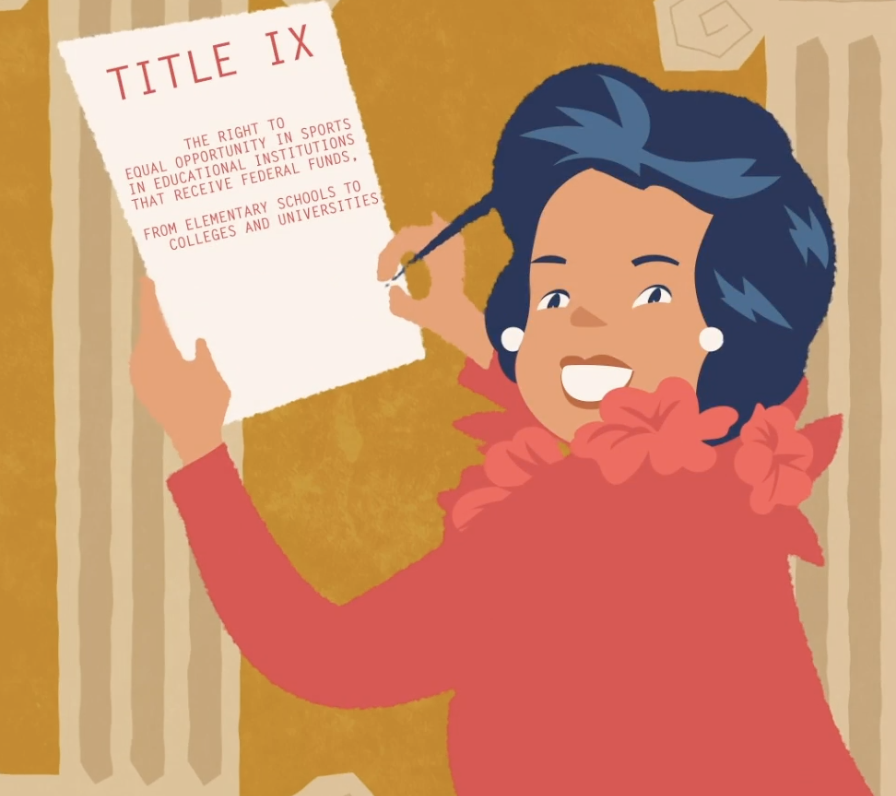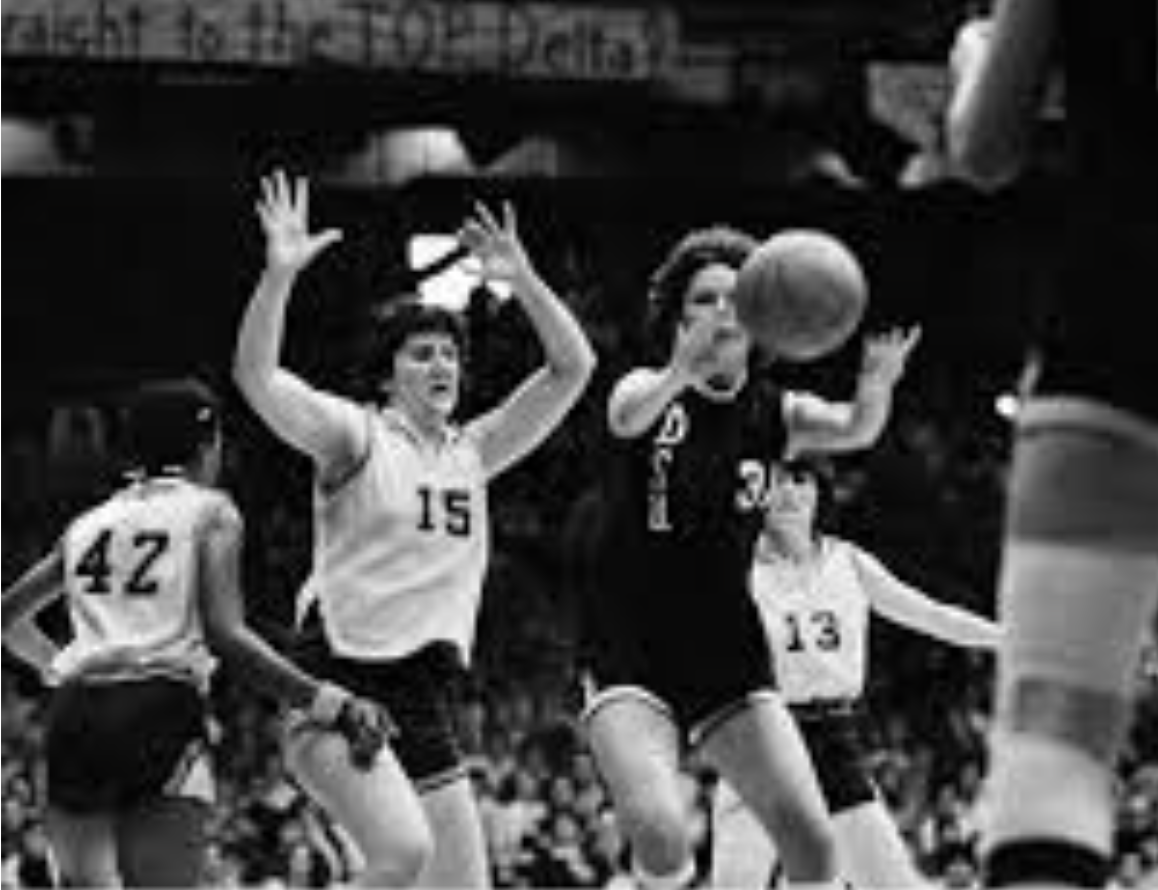By Hanna Laube
I have played sports pretty much my entire life; but I had never really given much thought as to the women who came before me, who gave me opportunities in the sports I loved so much. Once I became a collegiate athlete at BGSU, I learned that Title IX was the reason I and so many other women were able to play, and I was very grateful; however, when I looked further into the topic, I began to understand better that while Title IX is the reason women get to play, there is still long way to go to achieve equity in sports.
Title IX is a civil rights law, created in 1972, prohibiting sex-based discrimination in education or any other federally funded education program. While the law was not specifically made for women in sports, it opened up a world of opportunity for women to play in high schools and universities around America. Title IX allowed women to get their foot in the door in college athletics by making funding to women’s teams mandatory. This was done by creating a system to make monetary distribution more equitable.

Before 1972, women’s athletic programs did not have proper equipment or facilities, and did not allow the coaches to be paid. They had few games, and when they did play, fairness and caring was often emphasized over winning and external awards.1 The women were not taken seriously and their male counterparts were always prioritized. Around 1970, female athletes teamed up with feminists, who, before this, had always been seen as radical. When Title IX was created it had a lot of opposition, specifically surrounding distribution of funding. Men’s teams did not want to give up some of their money to the girls. They also suddenly had to share facilities. Additionally, sports had always been seen as a masculine activity, and having women compete threatened many norms in society.
It took a couple of years for Title IX to be completely implemented in 1976. As Title IX was implemented, it created unexpected changes in other areas. For example, womens’ coaches were now being paid, so the number of female coaches went down as men took over coaching women’s sports. Additionally, in the early 1980s, the NCAA realized there could be money made in women’s sports and took over from the Association for Intercollegiate Athletics for Women. The NCAA bought out the AIAW and absorbed their workers, placing their male directors in higher positions than the AIAW female directors. This created an overwhelming amount of men in sports administration, and not much representation for women. This year is the 50th anniversary of Title IX’s implementation in the NCAA.

Today, the NCAA has a mandatory Title IX slideshow, presented to every team; however, the information offered is not extensive. The NCAA could use that opportunity to educate athletes on how to create more equality but they hide the discrepancies on the treatment of women and men with statistics. It mentions since Title IX there has been a 545% increase of women playing at the collegiate level and a 990% increase of women playing high school, but fails to mention the inequalities in social recognition, donations and advertising. Title IX is presented as something that cannot be changed and that fixed everything, while in reality there is still room to be better. Just because now it is better for women than it was prior to Title IX, does not mean we, as a society, should stop trying to be better. Female athletes from the 1970s to now, are grateful for the opportunities Title IX has brought us, but we can be grateful and also demand more.
1. Lusted, Marcia Amidon. 2021. “GIRL POWER: Title IX & Women in Sports.” Faces 37 (5): 22–25. https://search-ebscohost-com.ezproxy.bgsu.edu/login.aspx?direct=true&db=prh&AN=148133344&site=ehost-live&scope=site.